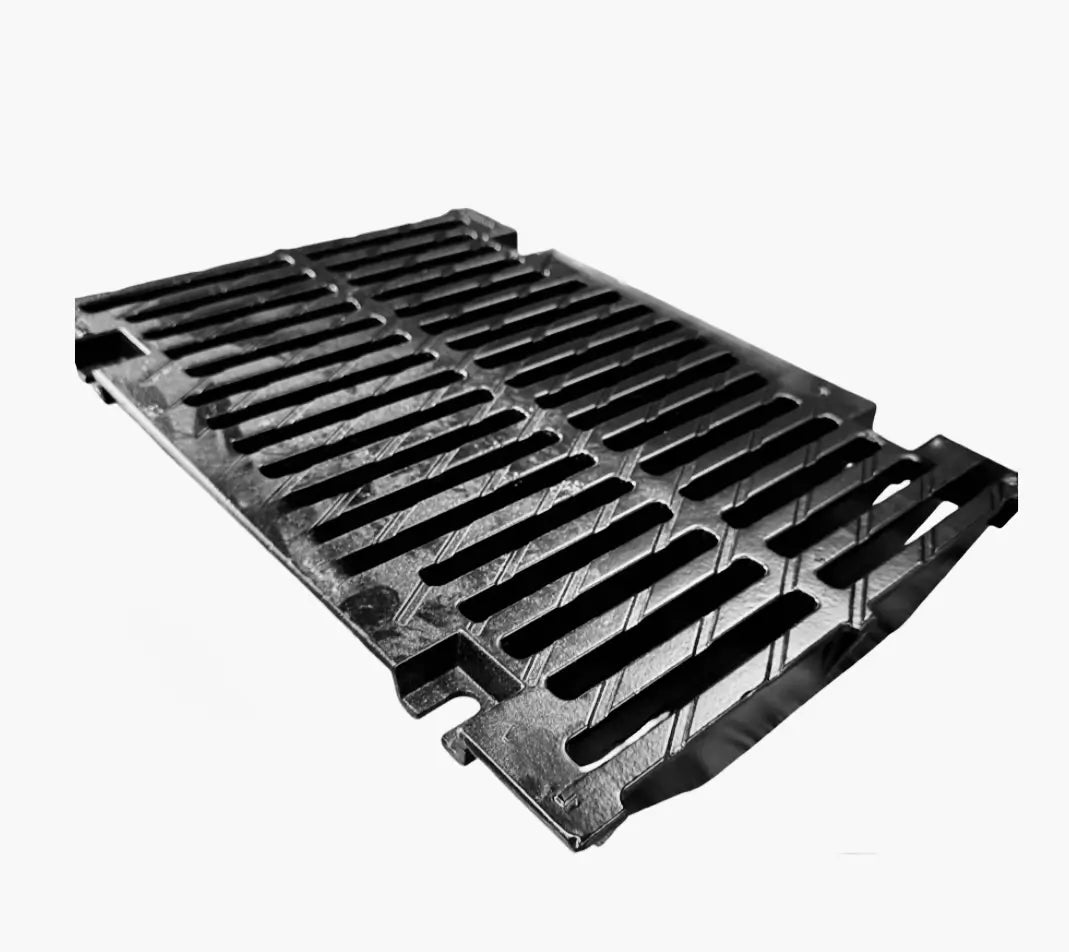
Parking Structure & Parking Lot Trench Drains
Parking structures and lots are exposed to heavy vehicular loads, weather extremes, and continuous runoff from rain, snow, and de-icing salts. Proper trench drainage prevents ponding, freeze hazards, and concrete deterioration while ensuring long-term structural performance. TrenchDrainCo trench drain systems are designed for strength, corrosion resistance, and maintenance efficiency — providing dependable surface water management for garages, parking decks, and open-air lots.
Key Requirements
-
Load Rating
Typically C250 to F900, depending on traffic and site configuration.
• Light-duty parking lots: C250 for passenger vehicles and small trucks.
• Commercial garages and ramps: D400–E600 for consistent vehicular traffic.
• Bus terminals, freight, or emergency vehicle access: E600–F900 heavy-duty rating.
Each drainage system must resist wheel loads, vibration, and structural movement.
-
Material Durability
Parking applications involve exposure to salts, fuels, oils, and freeze-thaw cycles.
• Fiber-Reinforced Concrete (FRC) or Polymer Concrete channels for high compressive strength and minimal deflection.
• HDPE channels for lightweight retrofit or secondary areas.
• Ductile-iron grates in drive lanes and traffic zones.
• Galvanized or stainless steel edge rails for impact resistance and corrosion protection.
• Epoxy or resin coatings for high-chloride environments such as parking decks.
-
Site Conditions
• Outdoor lots require systems with sufficient hydraulic capacity for heavy rainfall events.
• Parking decks must use watertight trench drains to prevent leakage through structural slabs.
• Expansion joints and flexible sealants accommodate temperature and movement stresses.
• Slabs should be pitched 1–2% toward drains for efficient runoff.
• Systems must integrate with catch basins or stormwater management infrastructure.
-
User Requirements
• Safety: Slip-resistant, ADA-compliant grates to prevent pedestrian hazards.
• Durability: Handle repeated wheel loading without edge damage or grate rattle.
• Chemical resistance: Protect against oil, salt, and fuel exposure.
• Ease of maintenance: Modular channels with removable grates for quick cleaning.
• Longevity: Engineered to preserve structural integrity and pavement life.
Recommended TrenchDrainCo Systems

TrenchDrainCo 300 Series
Fiber-reinforced concrete trench drain with ductile-iron grates — rated D400–F900 for parking decks and high-traffic areas.

TrenchDrainCo LEO 1200
Heavy-duty ductile-iron system for open-air parking lots and drive lanes.

TrenchDrainCo HDPE 600 Series
Lightweight, corrosion-resistant channel for secondary lanes and pedestrian zones.

TrenchDrainCo Epoxy-Lined System
Polymer concrete with epoxy lining for chloride-rich or coastal environments.

Engineering Notes
When designing trench drains for parking lots and structures:
- Confirm that trench drains align with traffic flow to reduce impact and noise.
- Use corrosion-resistant materials in areas exposed to de-icing salts or fuel runoff.
- Specify watertight trench drains for elevated decks or multi-level garages.
- Incorporate sediment baskets and access points for routine cleaning.
- Ensure compatibility with stormwater detention or treatment systems to meet local codes.
- For open lots, design high-flow trench systems to manage sheet runoff from large impervious surfaces.

Protect your pavement and prevent ponding
Contact TrenchDrainCo for a trench drain system engineered for parking structures, garages, and open-air lots.
📞 Call us: 212-946-3798
📧 Email us: info@trenchdrainco.com







